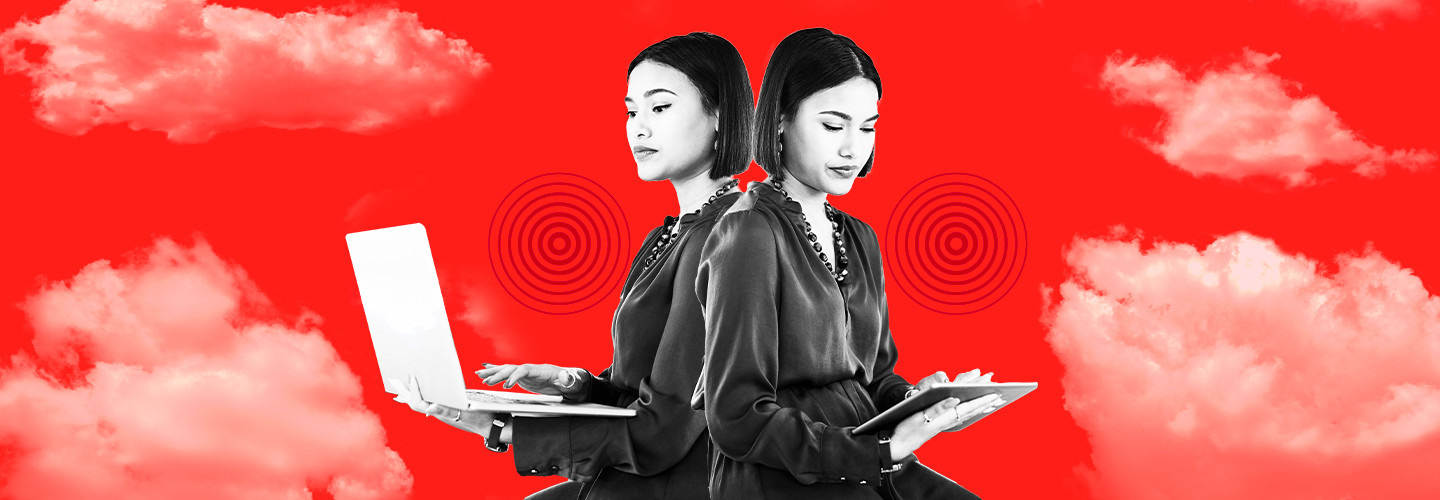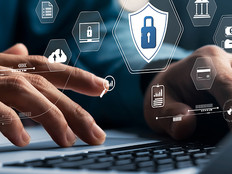Earlier this year, a survey of Virginia government workers found that more than three-quarters weren’t happy with the state’s new telework policy, which required approval to work from home more than one day per week. The policy was implemented at a time when the governor’s administration was encouraging workers to return to offices.
Still, a return to state and local offices is in the cards. In fact, while making the case that all government employees should be back in offices, Bloomberg editors noted that “Most local and state governments appear far ahead of the federal government in bringing back workers to offices. … The reason is simple: Addressing the country’s many challenges requires all hands on deck.”
That means IT departments must ramp up support for both in-person and remote work in a way that encourages employees to embrace both.
“There was some resistance from agencies to hybrid work, whether it was concern about productivity or a perception of remote work,” says James Collins, Microsoft general manager for state and local government and former Delaware CIO. “But through the capabilities of technology, productivity was actually up, employee well-being was better and now they have an expectation for some of that flexibility.”
Enter integrated workplace management — cloud provisioning, endpoint and identity management, virtual desktops, and related solutions that assemble users’ computing resources in the cloud so they can be accessed anywhere. To maintain productivity and flexibility in a hybrid model, it’s incumbent on government IT to tackle two key challenges: managing and securing myriad endpoint devices and creating a seamless, productive user experience that’s the same in the office, at home or on the road.
“We’re coming to that time when instead of deploying individual devices with individual operating systems, people just connect to a server in the cloud from whatever device they’re using, and it gives them a session,” Collins says. “It looks like their familiar desktop and allows them to do everything they need to.”










